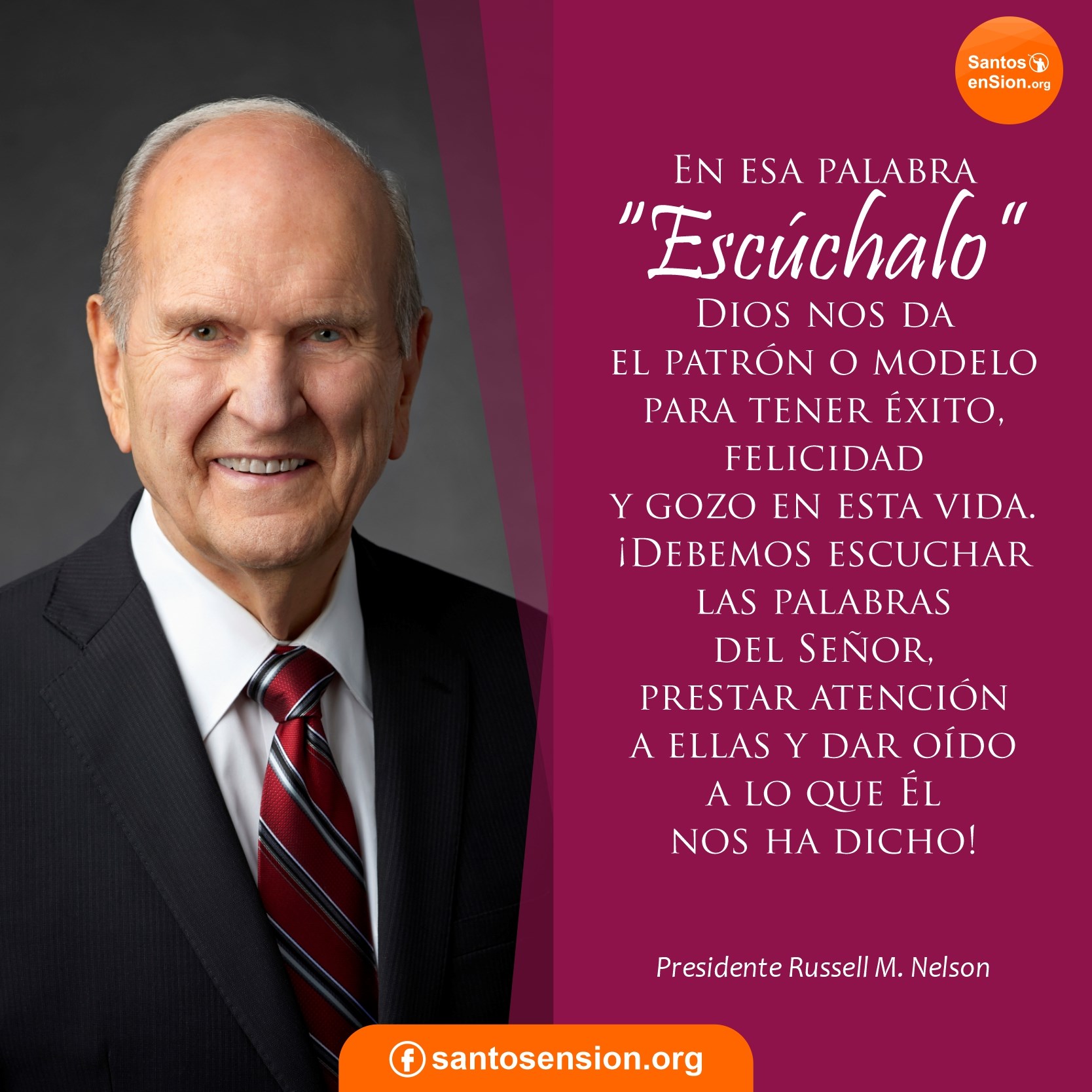 La Critica:
La Critica:Una Autoridad de alto grado de la Iglesia Heber C. Kimball indicó en un sermón dado después del éxodo al valle del Lago Salado que el Padre Eterno no aparecio a Jose Smith (en la Primera Vision) en persona (el Consejero en la Primera Presidencia).
Fuente(s) de la Crítica
Christian Research and Counsel, "Documented History of Joseph Smith's First Vision," full-color pamphlet, 10 pages. [There is a notation within this pamphlet indicating that research and portions of text were garnered from Utah Lighthouse Ministry]
La Respuesta:
Este argumento es un ejemplo clásico de tomar una declaración aislada fuera de su contexto correcto y extraer una conclusión falsa basada en evidencia defectuosa. Cuando el sermón entero de Heber C. Kimball es examinado en detalle, la discusión antimormona rápidamente se desbarata. En 8 noviembre 1857 Heber C. Kimball dijo lo siguiente:
"If God confers gifts, and blessings, and promises, and glories, and immortality, and eternal lives, and you receive them and treasure them up, then our Father and our God has joy in that man. . . . Do you not see [that] God is not pleased with any man except those that receive the gifts, and treasure them up, and practice upon those gifts? And He gives those gifts, and confers them upon you, and will have us to practice upon them. Now, these principles to me are plain and simple.
Do you suppose that God in person called upon Joseph Smith, our Prophet? God called upon him; but God did not come Himself and call, but He sent Peter to do it. Do you not see? He sent Peter and sent Moroni to Joseph, and told him that he had got the plates. Did God come Himself? No: He sent Moroni and told him there was a record, and says he, "That record is [a] matter that pertains to the Lamanites, and it tells when their fathers came out of Jerusalem, and how they came, and all about it; and, says he, "If you will do as I tell you, I will confer a gift upon you." Well, he conferred it upon him, because Joseph said he would do as he told him. "I want you to go to work and take the Urim and Thummim, and translate this book, and have it published, that this nation may read it." Do you not see, by Joseph receiving the gift that was conferred upon him, you and I have that record?
Well, when this took place, Peter came along to him and gave power and authority, and, says he, "You go and baptize Oliver Cowdery, and then ordain him a priest." He did it, and do you not see his works were in exercise? Then Oliver, having authority, baptized Joseph and ordained him a priest. Do you not see the works, how they manifest themselves?
Well, then Peter comes along. Why did not God come? He sent Peter, do you not see? Why did He not come along? Because He has agents to attend to His business, and He sits upon His throne and is established at headquarters, and tells this man, 'Go and do this'; and it is behind the veil just as it is here."1
De una lectura cuidadosa de este texto puede ser concluido que el 8 noviembre de 1857 Heber C. Kimball hablaba sobre (#1) la aparición del ángel Moroni en 1823 con respecto a aparición del Libro de Mormón y (#2) la aparición del apóstol Pedro en 1829 en relación al otorgamiento del Sacerdocio de Melquisedec. Él estaba hablando de dos seres celestiales otorgándo en dos ocasiones diferentes "dones" a Jose Smith ; Él decía que estos dos ejemplos Dios envió a Sus representantes a llevar a cabo una obra específica. Sin embargo, Heber C. Kimball no dijo nada en esta declaración acerca de la Primer Vision que ocurrió en 1820.
No puede alegarse con éxito que Heber C. Kimball no fuese consciente de la historia de la Primera Visión en este punto de cualquier tiempo, ya que nada menos el Presidente Brigham Young registro en su diario que el Hermano Kimball estuvo presente con varias otras Autoridades Generales tiempo atrás (el 13 agosto de 1857) alrededor de dos meses y medio cuando colocaron una copia de la Perla de Gran Precio dentro de la piedra angular al sudeste del Templo Salt Lake.2 Este volumen contuvo el relato de la Primera Vision de 1838 que fue publicado por el Profeta Jose Smith en Nauvoo, Illinois en 1842. Hubo también varias otras publicaciones depositadas dentro de la piedra angular del templo que repasaba historia de la Primera Visión 1838.
La conclusión
La misma evidencia que fue usada en la construcción del ataque anti-mormón acerca de Heber C. Kimball puede usarse para tumbarla. Los comentarios de hermano Kimball acerca de que no apareció Dios no pueden ser legítimamente aplicados a la experiencia de la Primera Visión de Jose Smith.
Notas:
1.- Heber C. Kimball, Journal of Discourses 6:29–30; Enfasis agregado.
2.- Brigham Young Journal, 13 August 1857, LDS Church Archives, Salt Lake City, Utah.








No hay comentarios.:
Publicar un comentario